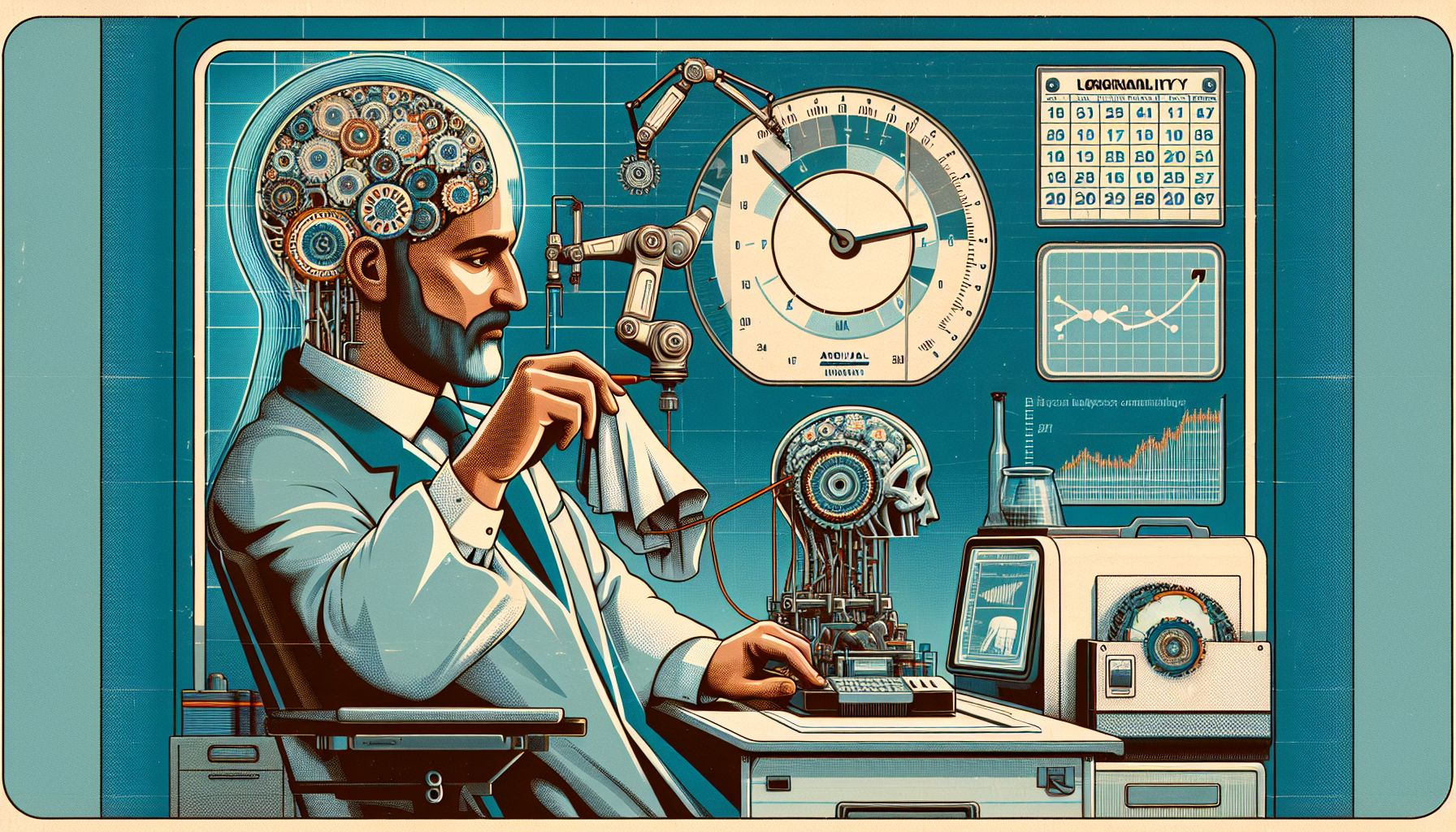In a momentous leap for neurotechnology, scientists at the University of California, San Francisco (UCSF) have achieved a remarkable feat. With cutting-edge technology, they have enabled a paralyzed man to control a robotic arm using just his thoughts. This incredible advancement was made feasible through a revolutionary brain-computer interface (BCI) that uses intelligent artificial intelligence (AI) to keep up with ever-changing brain activity patterns. The system has shown unprecedented durability, impressively functioning flawlessly for seven months without needing adjustments, whereas older systems would typically work for only a day or two.
How It Works
The BCI system is built with tiny sensors placed on the surface of the participant’s brain. These sensors capture brain signals occurring when the person visualizes specific movements. The AI model then translates these signals into precise commands that govern the robotic arm. A standout feature of this technology is its ability to adjust to the subtle changes in neural patterns as the brain acclimates to recurring imagined movements.
Key Innovations:
- Adaptability and AI Learning: The AI model is designed to adapt and learn from daily variations in brain activity, allowing the system to sustain its effectiveness over extended periods. This capability marks a significant advancement beyond earlier BCIs.
- Neural Pattern Recognition: The study highlights that while the brain’s activity patterns for specific movements remain generally consistent, their precise locations can shift slightly. The AI is skilled in identifying and adapting to these shifts, ensuring seamless operation of the robotic arm.
- Virtual to Real-World Transition: Initially, the participant refined his skills by controlling a virtual robotic arm, practicing translating thoughts into exact movements. After honing his skills virtually, he successfully controlled a real robotic arm in subsequent trials.
Achievements and Implications
The participant showcased extraordinary control over the robotic arm, executing tasks like picking up blocks, turning them, and moving them to different spots. He also accomplished more intricate actions such as opening a cabinet, taking out a cup, and positioning it under a water dispenser. For those living with paralysis, these capabilities could be transformative, offering the possibility of performing basic yet vital tasks on their own.
Future Developments
Researchers are now dedicating efforts to refining AI models to make the movements of the robotic arm faster and more fluid. They aim to test the BCI system in real-world home settings, bringing this technology closer to becoming a practical aid for people with paralysis. Dr. Karunesh Ganguly, who leads the project, is optimistic about the potential of this technology to provide substantial mobility and independence for individuals affected by paralysis.
As the realm of neurotechnology progresses, innovations like this pave the way for promising solutions for those grappling with paralysis. It highlights the powerful potential of merging human thought with AI-driven systems to restore essential functions and improve quality of life.

Leave a Reply